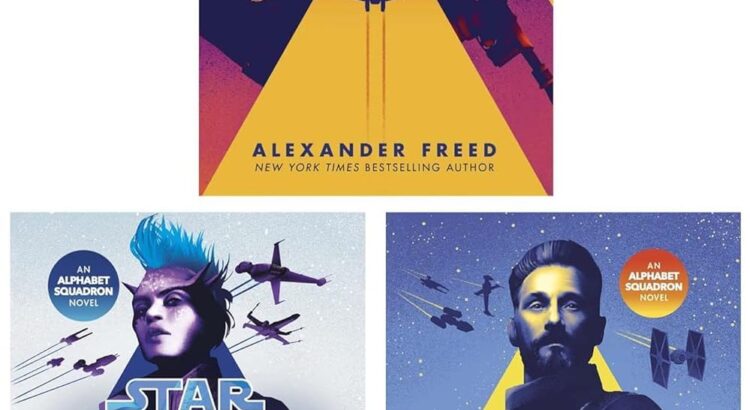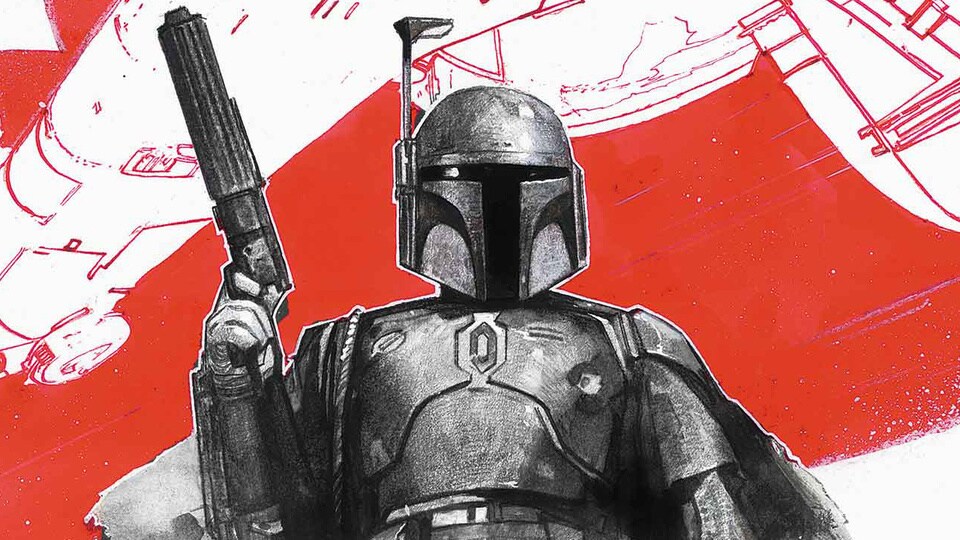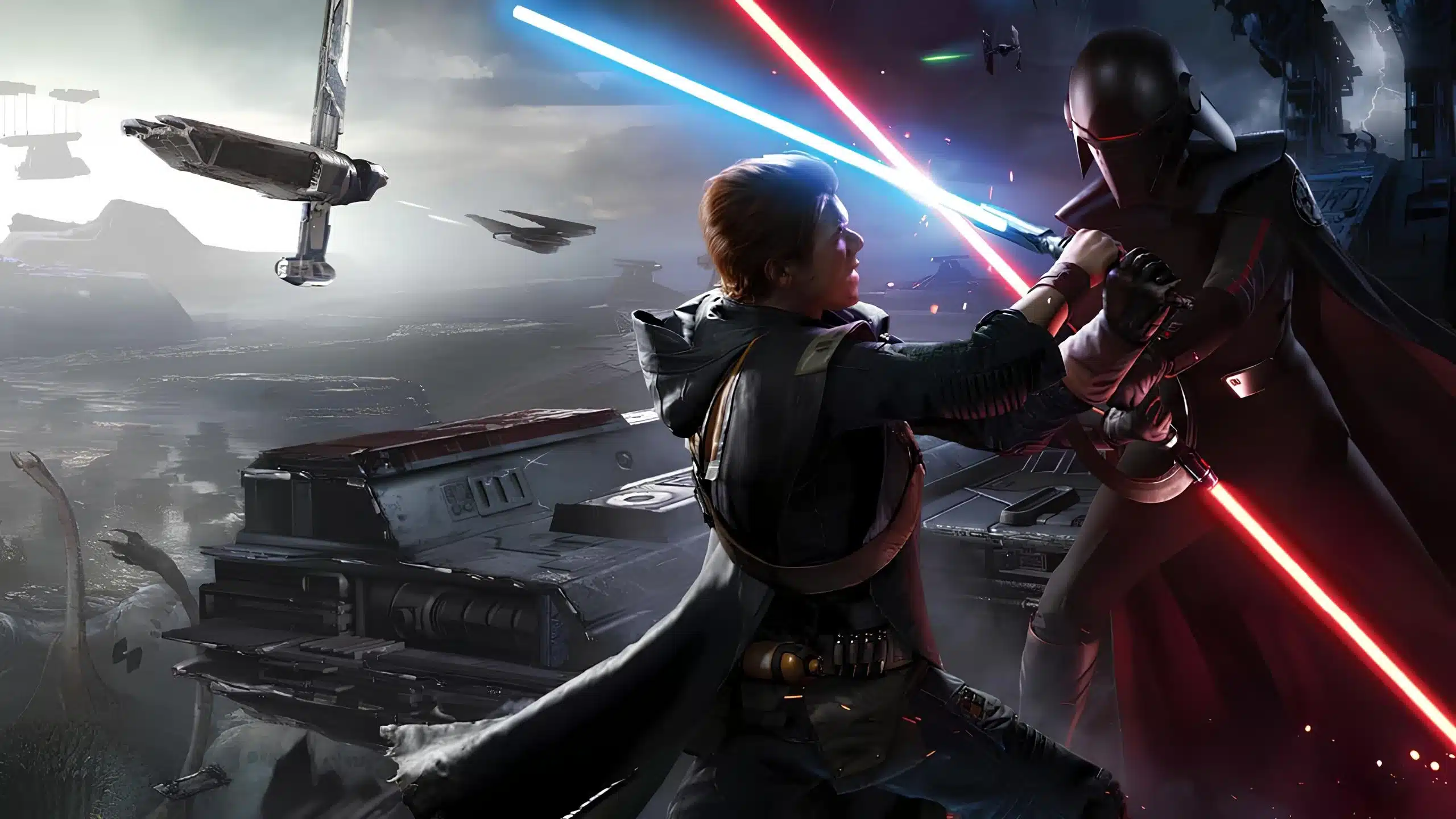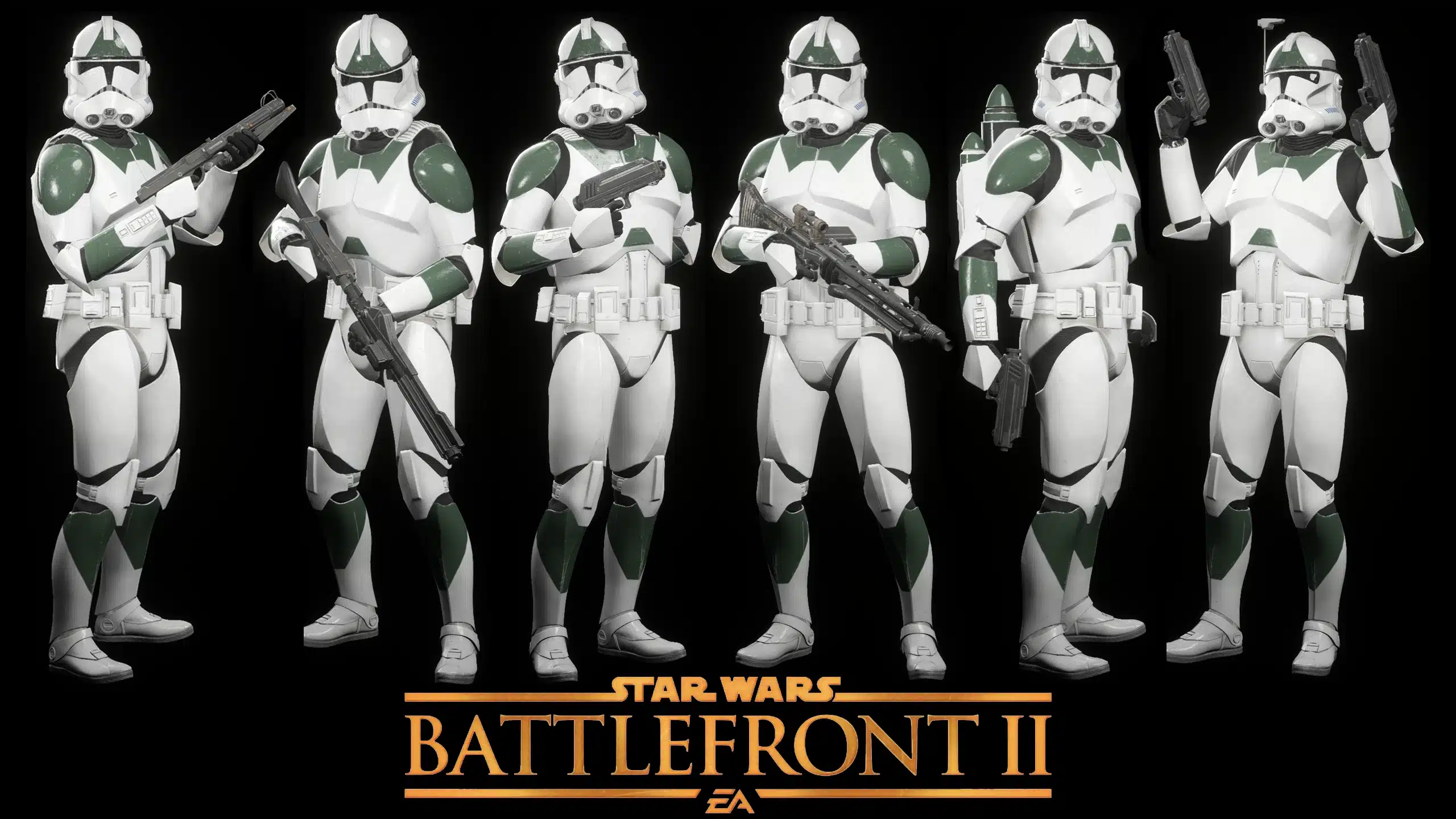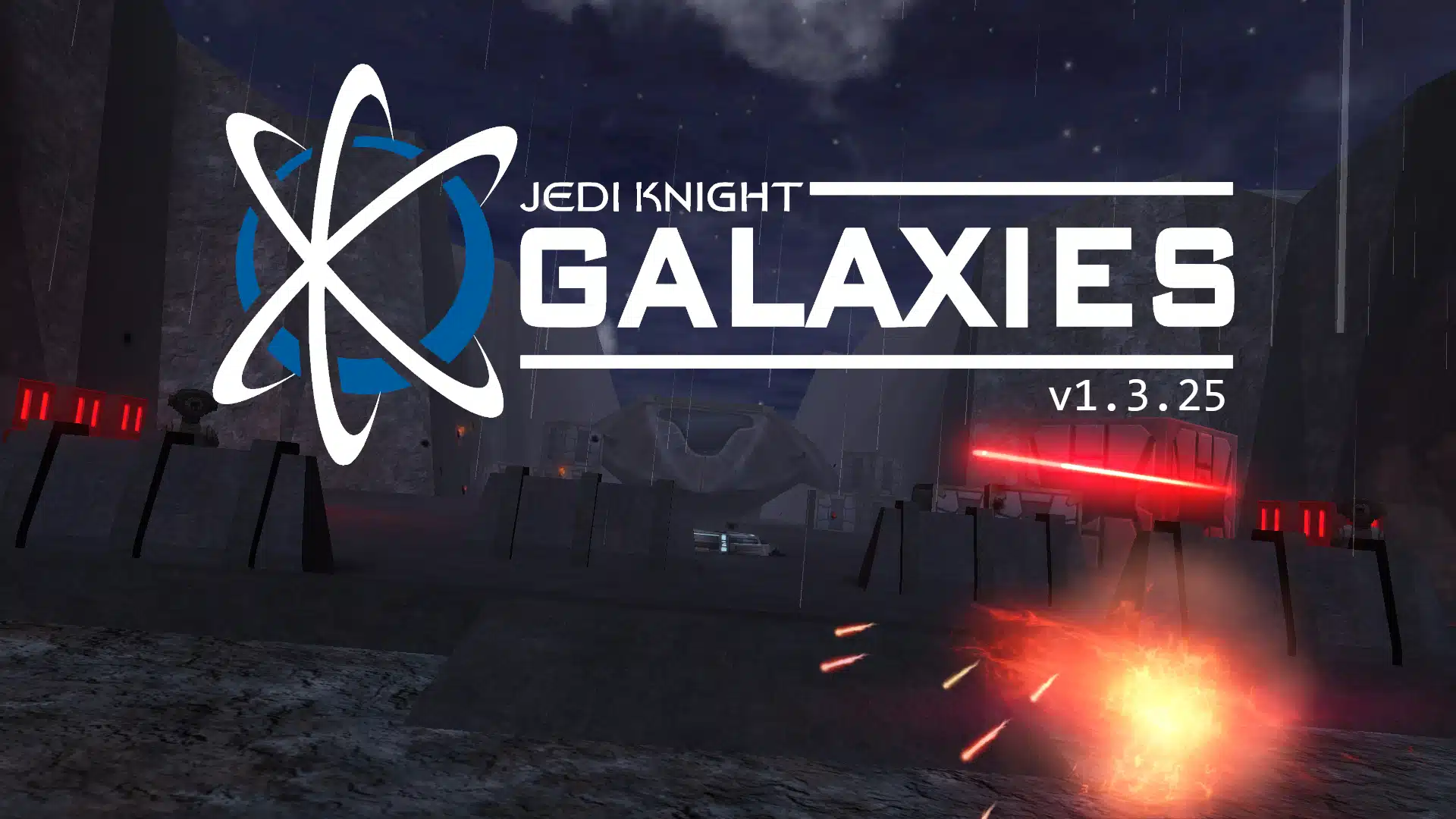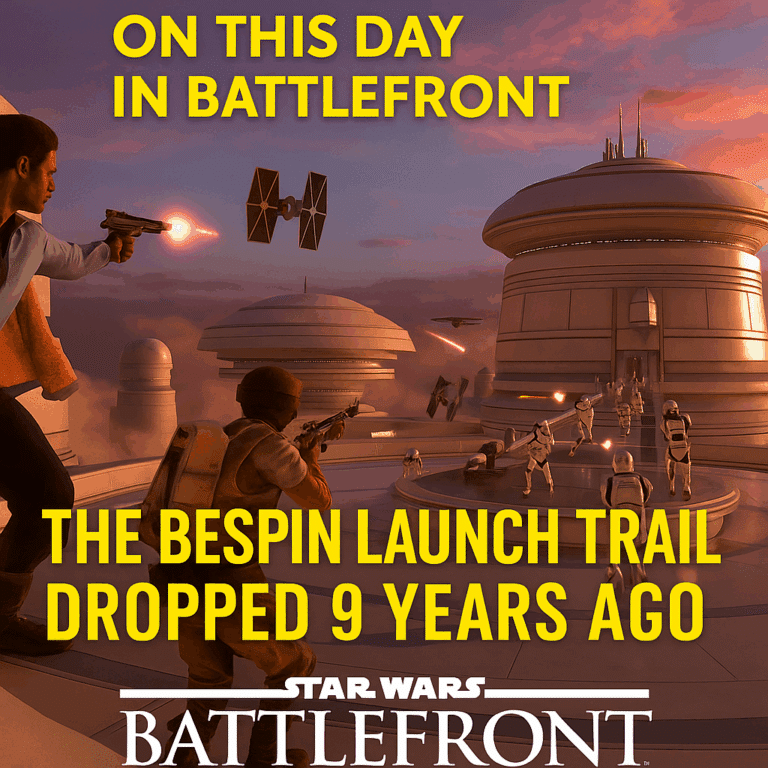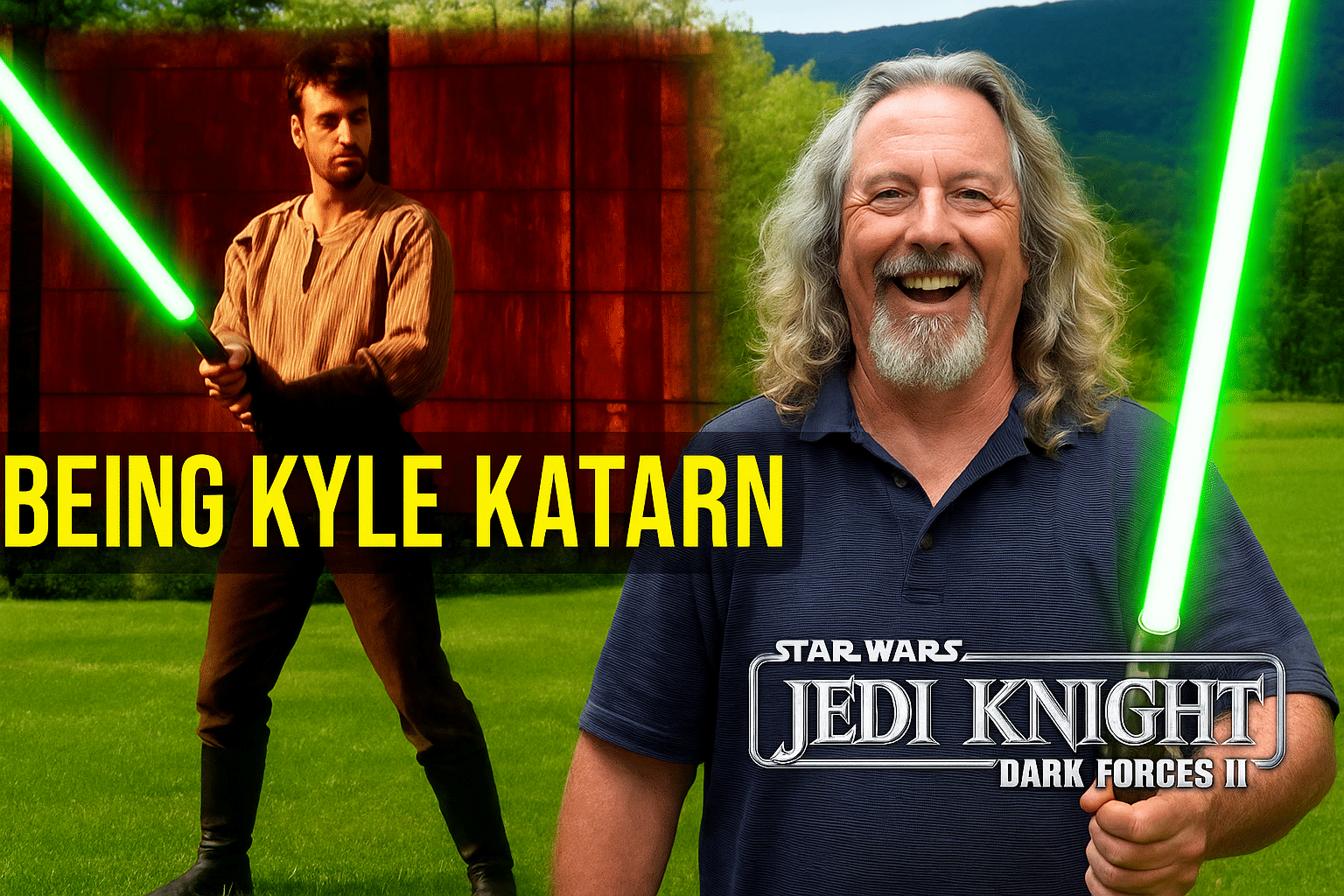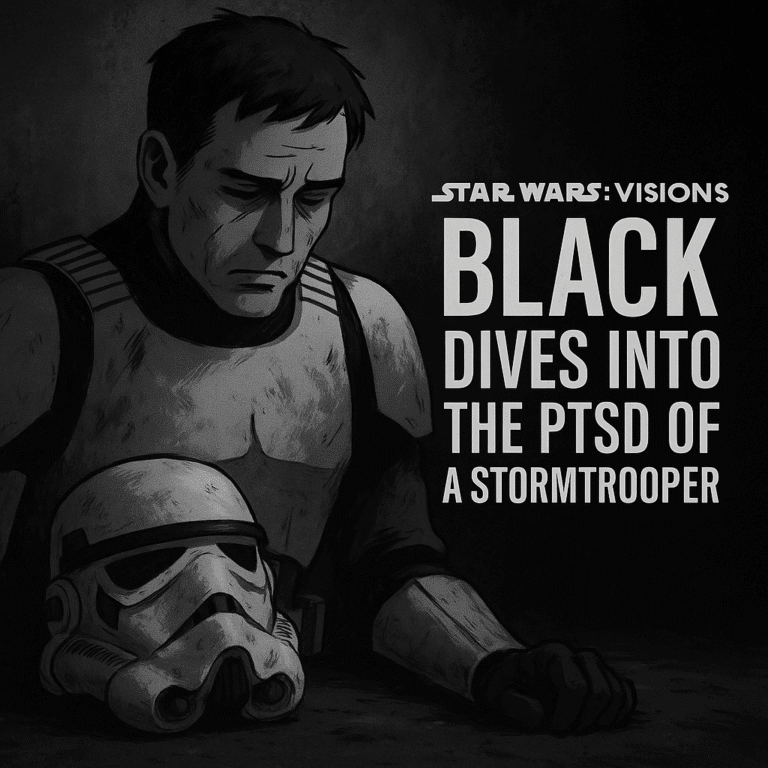(This review contains spoilers for Alphabet Squadron, Shadow Fall, and Victory’s Price.)
The Alphabet Squadron Trilogy by Alexander Freed is not your typical sunny Star Wars adventure. It’s more like an intense starfighter tournament with life-or-death stakes – a trilogy that follows a ragtag group of New Republic pilots hunting down an elite Imperial TIE unit in the chaotic aftermath of Return of the Jedi. Think Rogue One’s grit meets Top Gun aerial action, with a dash of esports team drama and the suspense of a high-stakes Sabacc game thrown in. If that mix sounds wild, well, buckle up (and maybe grab a cocktail from Canto Bight’s casino for the nerves), because Alphabet Squadron, Shadow Fall, and Victory’s Price deliver an emotional rollercoaster at lightspeed.
Get a copy of the books here
What is Alphabet Squadron? (Overview)
In the Star Wars galaxy’s post-Emperor era, Alphabet Squadron is a five-pilot team assembled by the New Republic to track and destroy the Empire’s deadly Shadow Wing. The squadron earns its “Alphabet” nickname because each pilot flies a different starfighter model – X-wing, A-wing, B-wing, U-wing, and Y-wing – basically one of each lettered craft. (Yes, it’s a bit on the nose, but it sure beats calling them “Random Starfighters Squad,” right?) Led by Yrica Quell, an ex-Imperial TIE pilot with a murky past, this motley crew of flyboys and flygirls is tasked by General Hera Syndulla (of Star Wars Rebels fame) to take down Shadow Wing once and for all.
Set shortly after the Battle of Endor, the trilogy spans the tumultuous months when the Empire’s remnants are making their last violent stand. Emperor Palpatine’s final spiteful plan, Operation: Cinder, is wreaking havoc on planets, and Shadow Wing – an elite 204<sup>th</sup> Imperial fighter wing – is following those scorch-the-galaxy orders with brutal zeal. The story kicks off in Alphabet Squadron (Book 1) as our heroes go from being hunted (survivors traumatized by Shadow Wing’s attacks) to becoming the hunters. Over the next two books (Shadow Fall and Victory’s Price), the chase intensifies into a grueling war of attrition and wits.
Freed’s trilogy was actually part of a unique crossover event – it launched alongside a Marvel Comics mini-series called TIE Fighter that shows the Imperial side of the conflict. So, for the truly invested, there’s extra backstory to Shadow Wing beyond the novels. But the books alone give more than enough context and character depth. And boy, depth is something this series has in spades.
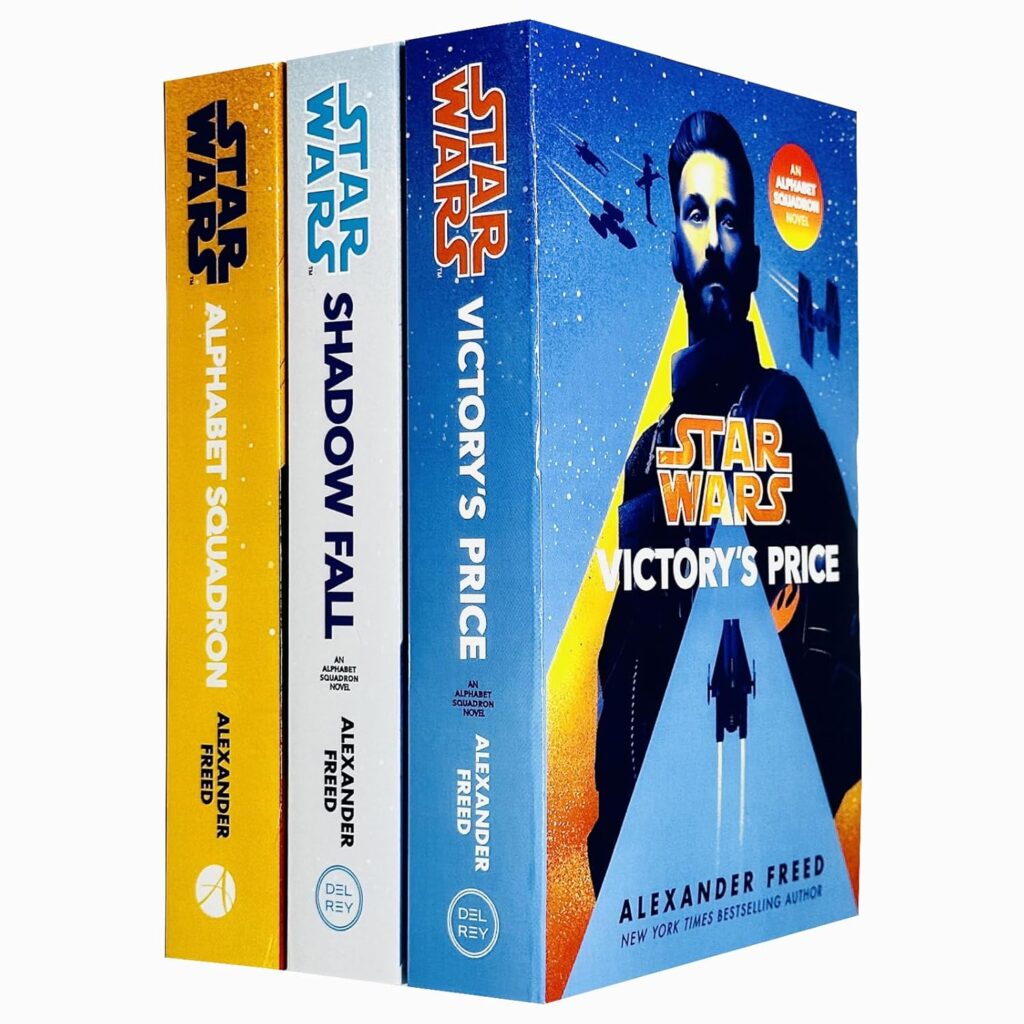
Meet the Pilots of Alphabet Squadron
One of the trilogy’s greatest strengths is its cast of damaged, diverse pilots. They’re the far-future equivalent of an esports team lineup – each with a distinct role, personality, and enough baggage to fill a Star Destroyer. Here’s our starting roster:
- Yrica Quell – Former Imperial TIE ace turned repentant defector, now flying an X-wing. She’s the de facto leader with big trust issues (for good reason). Yrica is haunted by her past war crimes (she took part in Operation: Cinder) and spends the trilogy wrestling with guilt and a serious case of impostor syndrome. Don’t let the blonde hero pose on the cover fool you – Quell’s not sure she deserves the hero label, and her journey is the emotional core (and a wild ride, let me tell you).
- Wyl Lark – The A-wing pilot and the heart of the group. Wyl is a gentle idealist from a backwater planet, a pilot prodigy who would rather sing folksongs than shoot cannons. Fate shoves him into leadership roles he never asked for. He’s basically the team’s moral compass – if this were a betting pool, Wyl is the guy you’d put money on to not turn to the dark side.
- Chass na Chadic – A fierce B-wing pilot with purple skin and a punk rock attitude. Chass has a self-destructive streak and an obsession with martyrdom; she literally aspires to go out in a blaze of glory like Jyn Erso. (She even blasts loud music during battles – imagine a crazy mix of Star Wars jizz-wails and heavy metal as her combat soundtrack.) Chass talks a big game about dying for the cause, yet fate keeps thwarting her death wish, forcing her to actually live with her choices. Snarky, bold, and reckless, she’s the squad’s resident adrenaline junkie.
- Nath Tensent – A former Y-wing pilot and unrepentant scoundrel. Nath is an older, jaded ex-rebel who initially joins for the payday (and revenge on the Empire) rather than patriotism. He’s the guy who has probably hustled you in a game of cards and bought a round with your credits afterward. Cynical and pragmatic, Nath gradually finds himself reluctantly caring about his squadmates. (Think Han Solo meets a grumpy veteran, with a dash of “I’m too old for this” energy.)
- Kairos – The mystery box U-wing pilot. Kairos is an alien warrior who rarely speaks and wears a creepy mask and bandages at all times. Her species and full backstory remain shrouded in eerie silence for most of the trilogy. But still waters run deep – when Kairos acts, it’s usually decisive and hardcore. (Imagine a silent monk who could also eviscerate you with a vibroblade. Yup, that’s her.) Every team needs an enigma, and Kairos is Alphabet Squadron’s. She communicates more in a long pause than most do in a monologue.
Rounding out the cast is General Hera Syndulla, who serves as Alphabet’s mentor/commanding officer (and occasional space-Mom). Fans of Rebels will cheer to see Hera in action coordinating fleet battles and giving these wild pilots some much-needed guidance. There’s also Caern Adan, the New Republic intelligence agent who helped form Alphabet Squadron. He’s a twitchy, by-the-book spy obsessed with proving intelligence work can win wars. Adan brings along a reprogrammed Imperial torture droid named IT-O, who (hilariously and touchingly) becomes the squad’s therapy droid. Yes, you read that right: an ex-torture droid turned therapist – because in Star Wars, even the killer robots can have a redemption arc.
Together, this ensemble has chemistry. They bicker, bond, backstab (looking at you, surprise traitors), and save each other’s tails. Watching them evolve from a dysfunctional motley crew into a tight-knit family (with some major setbacks along the way) is as satisfying as hitting the jackpot on a slot machine after a long night. And like any good team drama, you can expect a few roster shake-ups and surprises as the fight against Shadow Wing intensifies.
Get a copy of the books here
Plot Breakdown: From Underdogs to Top Guns
Alphabet Squadron (Book 1): Forming the A-Team (…or should we say, the ABC Team?)
The trilogy opens with Alphabet Squadron introducing our five pilots, each reeling from personal losses inflicted by the Empire. Yrica Quell defects from Imperial service and finds herself in a New Republic refugee camp, burdened by guilt and pretending she’s just another grunt. Her life changes when Intelligence agent Caern Adan and Hera Syndulla recruit her to hunt down Shadow Wing – the very TIE fighter unit she once belonged to. Talk about awkward reunions waiting to happen.
The first book is all about team assembly and trust issues. Quell has to round up the rest of Alphabet Squadron, who are basically a collection of misfits and lone wolves not exactly eager to sing “Kumbaya” together. We see Wyl pulled from his home fleet (reluctantly becoming Quell’s wingmate), Nath roped in under promise of imperial intel and personal vengeance, Chass enlisted with the promise of more action (and maybe a glorious death), and Kairos… well, Kairos just sort of ominously agrees to join. No one’s quite sure what her deal is, but hey, she shows up when called.
Their mission: lure out and destroy Shadow Wing, which has been terrorizing New Republic forces with quick hit-and-run strikes. Eventually, Alphabet Squadron stumbles upon Shadow Wing’s larger plan and engages them in a pitched battle. The climax of Book 1 happens at a planet called Pandem Nai, where Alphabet Squadron finally clashes head-on with Shadow Wing’s ruthless leader. It’s a fiery showdown with lots of casualties, explosions, and hero moments. Our scrappy newbies manage to hurt the Empire’s unit badly… but it’s a pyrrhic victory at best. The encounter leaves Alphabet battered (physically and emotionally) and sets the stage for an even more desperate chase.
Despite being thrown together like an oddball casino heist crew, by the end of Book 1 the pilots start trusting each other (a little). Yrica Quell steps up as leader, but she’s hiding a big secret: her involvement in Operation: Cinder (the Emperor’s mass-murder campaign) is deeper than she’s admitted. That little ticking time bomb of truth is set to blow later. As a series opener, Alphabet Squadron can be a slow burn – it lingers in each character’s head and really digs into the ugliness of war trauma. But once the lasers start flying, the action is first-rate. Freed definitely knows how to write a dogfight; every maneuver and explosion is vivid. It’s like reading a transcript of the most intense Star Wars: Squadrons game you’ve ever seen, complete with the players’ sweat and trash talk. By the end, you’re hooked on these broken heroes and ready to see them take the fight to the Empire.
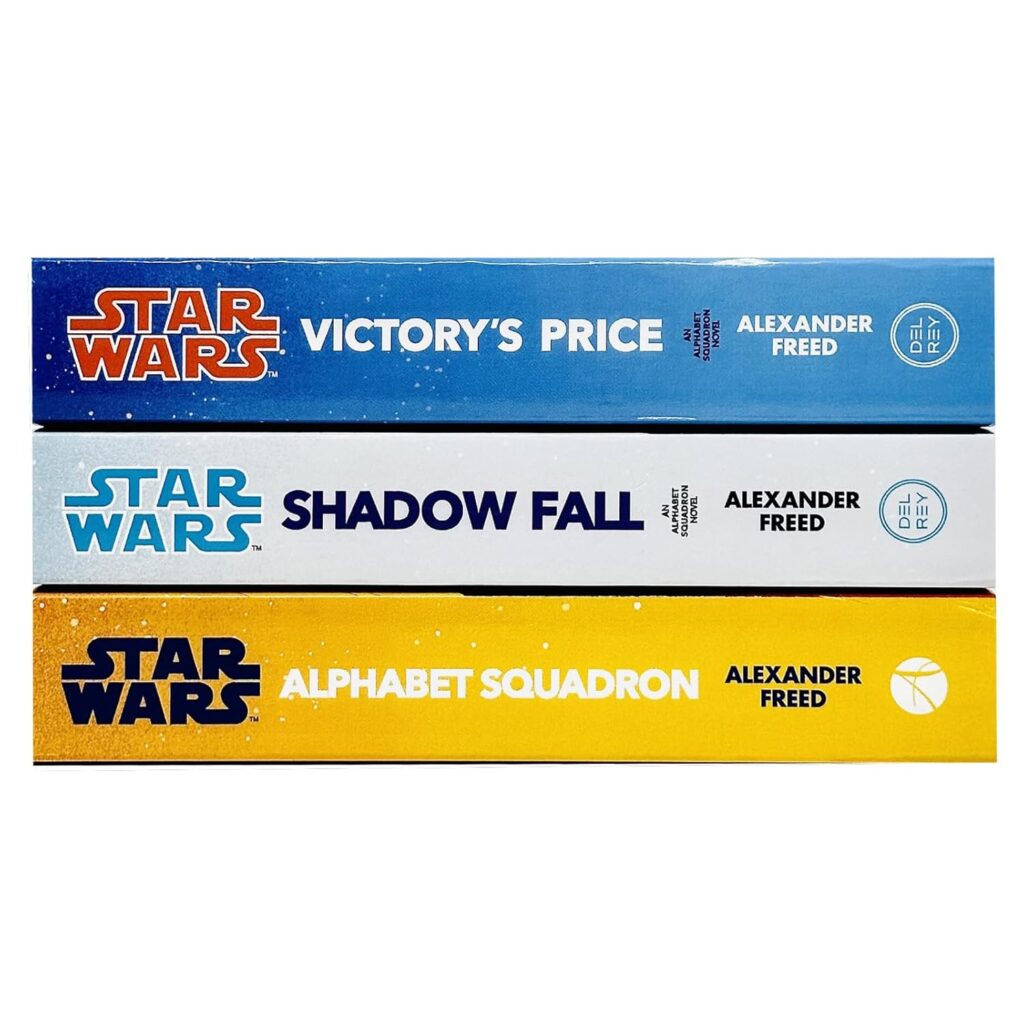
Shadow Fall (Book 2): The Empire Strikes Back (And Our Heroes Gamble Big)
If Alphabet Squadron was about coming together, Shadow Fall is about everything falling apart (as any good middle chapter does). The second book finds our pilots on the offensive, determined to finish Shadow Wing once and for all. They set a trap on the planet Troithe – basically laying out bait to lure Shadow Wing into open battle. It’s a gutsy plan, the kind of all-in move that makes you wonder if someone’s been hanging around Lando Calrissian’s gambling tables. Spoiler alert: it does not go as expected.
Shadow Wing has a new commander now: Major Soran Keize, a charismatic Imperial ace who was once Yrica Quell’s mentor back in her TIE pilot days. Keize returns from self-imposed exile to rally the remaining Imperials, turning them into an even more formidable force. He’s smart, he’s empathetic (at least to his own troops), and he genuinely cares about the men and women flying under him. In other words, he’s not your run-of-the-mill cackling Imperial villain – he’s the kind of antagonist you almost respect. Shadow Wing under Keize is like a wounded predator that’s done running and is ready to bite back hard.
Freed isn’t gentle with his characters in Shadow Fall. He literally splits the squadron: during the Troithe operation, Alphabet Squadron gets separated and each member faces their own personal trial behind enemy lines. It’s a bold narrative move that pays off big time. By forcing our heroes to operate solo (or in odd pairings), we get some of the most intense character development in the series.
- Quell ends up isolated with Caern Adan and IT-O, and their journey is a psychologically brutal one. Quell is confronted with the full weight of her past – her secret role in mass atrocities is laid bare. The way Freed writes Quell’s self-reflection (and self-loathing) is chef’s kiss. There’s a chapter – no spoilers in detail – where Quell basically has a breakdown/breakthrough under the care of that reprogrammed torture droid therapist (IT-O), and it’s one of the best Star Wars novel chapters in recent memory. Seriously, give that therapy droid a raise.
- Wyl Lark finds himself leading what’s left of the squadron on Troithe, far from the others. The idealistic kid is forced to play general and make ugly choices, all while trying to hold on to his optimism. Wyl actually attempts diplomacy with Shadow Wing at one point, hoping to convince the Empire pilots to stand down. (A for effort, Wyl – you sweet summer child. The war isn’t ready for your peace-and-love approach, but points for trying.)
- Chass na Chadic crash-lands and ends up accidentally joining a cult (yes, an Actual Cult) of Imperial-worshipping fanatics who think Emperor Palpatine was some sort of divine figure. It’s as messed up as it sounds. Chass battles both the cult’s brainwashing and her own death wish. Imagine her eye-rolling when she realizes these people are literally singing hymns to the Death Star. It’s darkly comedic and tragic all at once.
- Nath Tensent goes off on his own mini mission, leveraging his scoundrel skills to survive and help where he can. Ever the opportunist, he links up with an old underworld contact to keep fighting Imperials in the shadows. Nath’s arc in Book 2 is like a one-man poker game – bluff, backstab, and take the pot for himself. But he too surprises us in the end by proving he hasn’t completely lost his conscience.
- Kairos… remains mysterious. She undergoes a bizarre transformation after sustaining injuries, involving a sort of chrysalis/regeneration for her species. You get hints of her backstory through surreal sequences, but in true Kairos fashion, she’s not about to spill all her secrets yet. Suffice to say, by the end of Shadow Fall she is even scarier and more driven.
The climax of Shadow Fall is an emotional gut-punch. The trap on Troithe turns into a chaotic free-for-all. Just when it seems Alphabet Squadron might eke out a victory, Yrica Quell makes a shocking decision: she leaves her squadron and rejoins Shadow Wing. Yes, you read that correctly. Our protagonist defects again, back to the Empire’s side, flying off with Soran Keize. It’s a jaw-dropping betrayal to her friends and a brilliant cliffhanger for the final book. Why does she do it? Complex reasons – part guilt, part a need to atone by protecting her old Imperial comrades, part thinking her new friends would never forgive her if they knew her darkest sins. It’s the ultimate “I never saw that coming” moment, and it sets up a finale where the remaining Alphabet pilots feel utterly sucker-punched.
Reading Shadow Fall feels like watching your favorite esports team blow a lead in the finals due to a risky strat – it’s thrilling, dismaying, and you can’t look away. Freed ups the ante with internal conflicts and moral dilemmas. This book cements Alphabet Squadron as one of the most character-driven Star Wars stories out there. It’s not afraid to ask tough questions like: How do soldiers heal after war? Can a war criminal find redemption? And it does all this while delivering adrenaline-pumping action set pieces and a hefty dose of espionage intrigue. By the end, the squad is fractured, the enemy is stronger than ever, and you’re desperately placing bets on whether anyone in Alphabet Squadron will make it out alive in the last round.
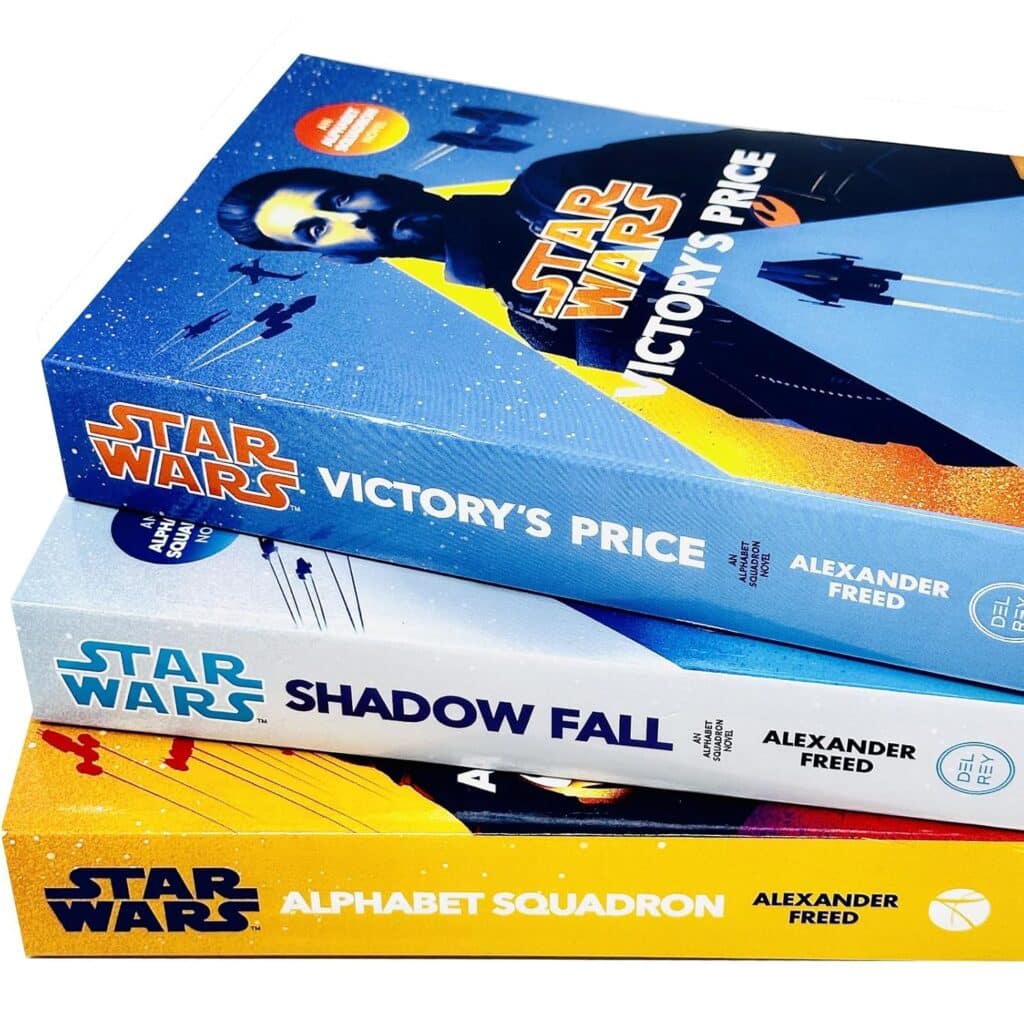
Victory’s Price (Book 3): All or Nothing in the Final Showdown
The trilogy’s finale, Victory’s Price, is exactly what it sounds like: the cost of victory looms large. With Yrica Quell now flying alongside Shadow Wing (yep, she’s become the enemy within), the remnants of Alphabet Squadron have to regroup for one last push. The New Republic is nearing its final offensive against the Empire (we’re on the doorstep of the Battle of Jakku timeline-wise), and Shadow Wing is the last thorn drawing blood across the galaxy. It’s the fourth quarter, high-stakes hand, whatever metaphor you prefer – time for Alphabet Squadron to either win big or lose everything.
Soran Keize and Shadow Wing, now emboldened, continue a horrifying campaign – they’re torching entire worlds under Operation: Cinder and also pursuing a mysterious personal agenda of Keize’s. (Unlike Emperor Palpatine’s “burn it all” nihilism, Keize’s secret mission is oddly humane: he wants to safeguard his loyal Imperial pilots’ lives, perhaps by finding them a safe haven to make a last stand or escape. It’s almost sweet… if he weren’t also, you know, committing mass destruction on the way.) Keize is that rare bad guy who sees himself as a protector, and that makes him dangerous in a unique way. He even has a grudging respect for Quell and the Alphabet pilots, which somehow makes the conflict feel personal and poignant.
Meanwhile, Wyl, Chass, Nath, and Kairos are struggling not just with external enemies but with grief and anger at Quell’s betrayal. They feel abandoned – and who could blame them? It’s like their star player left mid-championship to join the rival team. Morale is in the drain. General Hera Syndulla does her best to keep them focused (tough love and inspiring speeches galore), but each remaining pilot deals with the loss differently:
- Wyl Lark has grown from the wide-eyed kid to a battle-hardened leader by necessity. He’s more confident now, carrying the scars of previous failures. Wyl is determined to save lives wherever possible; he’s that guy still trying to win with minimal collateral damage and maximum compassion.
- Chass na Chadic, surprisingly, finds a new reason to live beyond her martyr complex. By Book 3 she’s like, “Fine, guess I’ll survive out of spite.” She’s still bold and brash, but her arc leans toward choosing life and camaraderie over a blaze-of-glory death wish. (Chass choosing life might be the biggest plot twist of them all – character growth FTW!)
- Nath Tensent, ever the pragmatist, is weighing his exit strategy. He’s helped bring Shadow Wing to bay; maybe it’s time to cash in his chips and find a quiet corner of the galaxy to retire (ideally with some loot and a strong drink). But something keeps pulling him back – a sense of duty or unexpected loyalty to his squad. The grizzled cynic actually caring deeply? Who would’ve thunk it.
- Kairos completes her metamorphosis – literally and figuratively. She finally removes her mask, revealing her face (and yes, she is as intense as we imagined). Kairos has a moment of personal closure that ties back to the atrocities of the war, then channels all her ferocity into the final fight with almost spiritual resolve. If you had “will Kairos speak a full sentence” on your bingo card, you might finally get to mark that one.
And what about Yrica Quell – our wayward protagonist? Don’t worry, Quell’s story in Victory’s Price is perhaps the most compelling of all. Embedded in Shadow Wing, she’s living with her old Imperial comrades again, led by her mentor Keize. Yrica is torn between two families – the one she left behind and the one she betrayed. Her guilt and desire to atone hit peak levels here. Without spoiling every detail, let’s just say Quell faces the ultimate test of her character when the final confrontation arrives. Will she stay loyal to the Empire she once fled, or will she find a way back to her new friends? The answer is satisfying, hard-earned, and not without tragedy.
The final battles in Victory’s Price are massive. We’re talking multiple starfighter squadrons clashing around Star Destroyers, planets burning, and our heroes pulling off daring maneuvers that had me white-knuckling the pages. Freed unleashes some of his best action writing here – it’s cinematic and ferocious. You can almost hear the John Williams music swelling during the hero moments (and maybe some heavy metal for Chass’s scenes). Importantly, the battles have that esports championship energy: tight coordination, last-second pivots in strategy, individual skill shining and occasionally a clutch save that turns the tide. It’s genuinely exhilarating and also nerve-wracking because by this point you care about these characters deeply and Freed has made it clear he’s not afraid to break our hearts.
By the end, the Empire as a whole is defeated (no surprise – we know the canon timeline leads to the Battle of Jakku and the Empire’s collapse). But the victory’s price is steep indeed. Not everyone makes it out unscathed; in fact, not everyone makes it out alive. True to the trilogy’s realistic take on war, there is sacrifice. The survivors carry physical and emotional wounds that won’t just vanish with a medal ceremony. The final chapters are equal parts triumphant and bittersweet. Freed ensures that the conclusion sticks with you – it’s the kind of ending that makes you sit for a minute, digesting the fates of those who lived and died.
Ultimately, Victory’s Price delivers a conclusion that feels both epic and intimate. Epic in the scale of conflict resolved, intimate in the personal resolutions for each character. Yrica Quell’s arc, in particular, comes to a moving resolution that I won’t spoil in full – but I’ll say it cements her as one of the most complex, human characters in Star Wars literature. When the smoke clears, Alphabet Squadron is a very different team than when it began, but their story ends on a note of hard-won hope. The war is over, and now maybe these pilots can finally find peace (and perhaps a much-deserved sabbatical on some beach planet, umbrella drinks in hand).
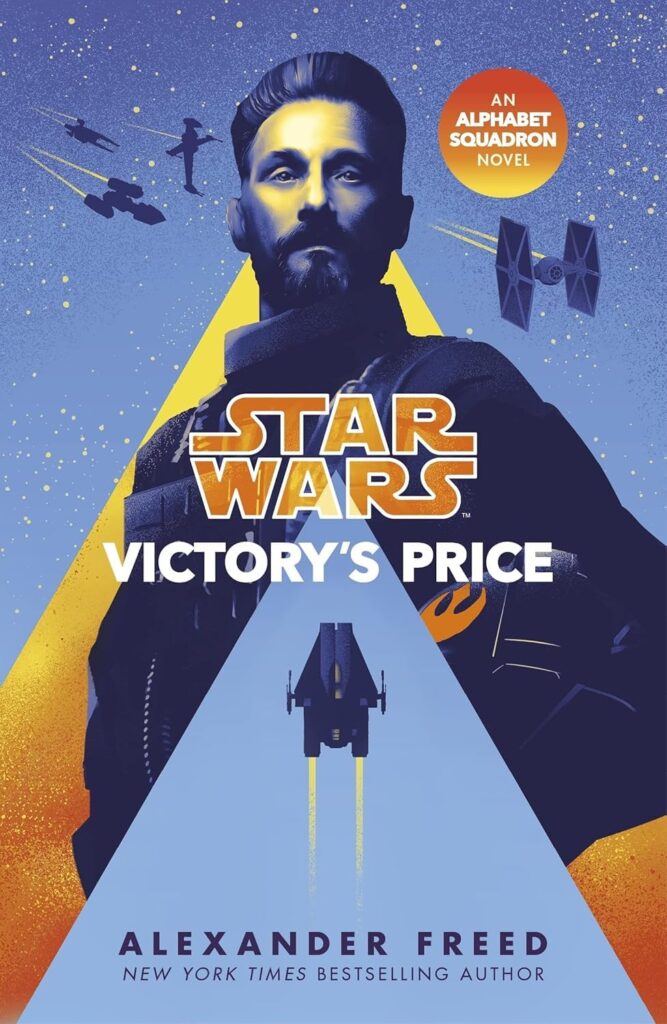
Themes and Tone: War Is Hell (Even in Star Wars)
Make no mistake, the Alphabet Squadron trilogy takes Star Wars into heavier territory. Sure, there are aliens, droids, space magic references, and cameos from movie lore, but Alexander Freed’s focus is on the psychological toll of war. This is Star Wars for the thinking fan – the one who wonders what becoming a Rebel hero (or Imperial ace) does to a person’s soul. The themes of guilt, redemption, loyalty, and trauma run deep through all three books:
- Redemption and Forgiveness: Yrica Quell embodies this theme. Can someone who committed atrocities (even under orders) ever truly atone? The books don’t offer an easy answer or magic redemption moment. It’s messy, as it should be. Quell has to forgive herself (the hardest task of all) and also earn forgiveness from her squadmates – some of whom struggle a lot to give it. For a franchise built on “Darth Vader got redeemed at the last minute,” Alphabet Squadron takes a more nuanced approach. Redemption here isn’t a single act, it’s a journey filled with relapses and doubt.
- The Cost of War: The trilogy’s title Victory’s Price says it all. Every victory against Shadow Wing comes at a cost – friends lost, morality compromised, futures derailed. The books highlight the PTSD and exhaustion of soldiers. These pilots pop stims to stay awake on long missions, scream in their sleep from nightmares, and develop unhealthy coping mechanisms (looking at you, Chass, with your death wish). War is hell, even in a galaxy far, far away, and Freed doesn’t let us forget it. This grounded portrayal might surprise readers used to more lighthearted Star Wars fare, but it adds serious weight to the story.
- Family and Belonging: Amid the darkness, there’s a warm thread of found-family narrative. The Alphabet Squadron pilots gradually become each other’s support system (even when they kind of hate each other’s guts). They’re all misfits who didn’t really fit in elsewhere, but together they find a sense of belonging – ironic given Quell literally abandons them for a while. Hera’s maternal leadership reinforces this theme too. Even Soran Keize’s arc with Shadow Wing is about making a pseudo-family of soldiers and trying (in a twisted way) to protect them. By the end, you really feel like these characters are bonded for life by what they’ve been through.
- Morality in War: There’s plenty of gray area explored. Not all Imperials are evil monsters, and not all New Republic heroes are saints. We see Imperials who aren’t sure what they’re fighting for anymore except each other. And we see New Republic leaders make cold decisions that cost lives. The books ask tough questions, like: when is it okay to stop fighting? How do you treat your enemies when the war is almost over – with mercy or vengeance? Fans interested in the ethical side of Star Wars (perhaps those who enjoyed the complexities in The Last Jedi or Andor) will appreciate how Freed handles these issues. It’s thought-provoking stuff sandwiched between space dogfights, and it elevates the trilogy beyond a simple good-vs-evil tale.
Tonally, expect something closer to Rogue One or the Battlefront: Twilight Company novel (another Alexander Freed work) than to, say, the cheerful original Star Wars film. There are moments of humor and camaraderie, yes – some great banter among the pilots and even some dark comedy (the entire cult subplot in Shadow Fall is as absurd as it is chilling). But overall the vibe is somber, intense, and mature. Characters die. Heroes doubt themselves. The books even delve into spirituality and existential dread at times (Kairos’s arc is almost mystical horror in flavor). This isn’t meant to scare anyone off – on the contrary, it’s what makes the trilogy stand out. It respects the reader’s intelligence and doesn’t hand-hold with oversimplified answers.
Alexander Freed’s writing style reinforces this tone. He’s detailed and unflinching in describing battle scenes and internal emotions alike. Sometimes he’ll linger on a pilot’s thought process in the cockpit for pages, really letting you live in that moment of terror or adrenaline with them. Occasionally the prose can feel technical – he knows his starfighters and isn’t shy about describing the nuts and bolts of an X-wing’s s-foils or the trajectory of a laser cannon blast. For some readers (especially the kind who can name every ship model like it’s an esport character class) this is geeky heaven. For others, it might feel a tad dense if you’re just here for the story. Personally, I found it immersive; it gives the dogfights a level of realism that makes you think this is how it would really feel to be in an X-wing under fire. But fair warning: Freed will absolutely use proper military jargon and assume you can keep up.
Despite the heavy themes, the books never forget they’re Star Wars. There are thrilling heroic moments, satisfying villain downfalls, and references that will make EU fans grin (cameos or mentions from the wider lore, etc.). The Force itself isn’t front-and-center (no Jedi protagonists here), but we do get some philosophical nods to it, mainly through Chass’s grudging admiration of Jyn Erso and through a delightful cameo by an infamous Imperial defector from Rebels (no spoilers, but it involves a certain fulcrum agent’s legacy). These touches remind us that yes, we are still in the same galaxy of Skywalkers and Solos – just focusing on the pilots in the trenches this time.
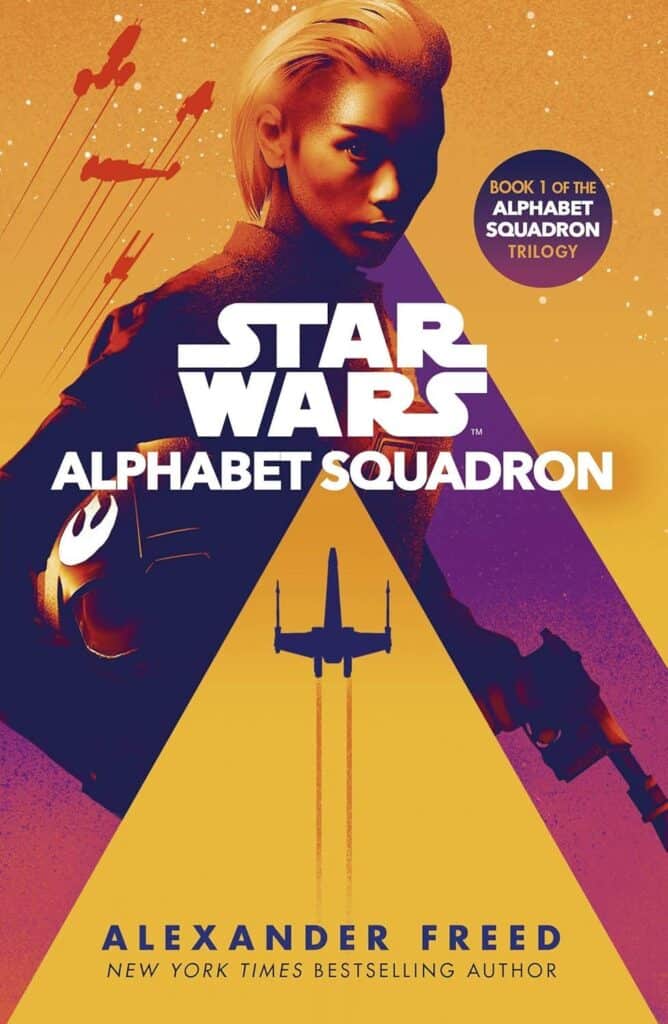
High-Stakes Action: Dogfights, Esports Energy, and Gambling with Death
All this talk of trauma and morality – you might be wondering, does this trilogy at least entertain with some classic Star Wars action? Oh, absolutely yes. The space battle action in the Alphabet Squadron trilogy is top-notch and relentless when it kicks into gear. If you’re an adrenaline junkie or you enjoy the competitive thrill of a high-stakes esports match, these battle scenes will light you up like the Death Star on reactor overload.
Freed choreographs starfighter combat with an expert hand. Every dogfight has a clear sense of geography, stakes, and strategy. It’s not just mindless “pew pew” – it often feels like a chess match at 10,000 kilometers per hour. You can tell Freed has background in video game writing (he wrote for the Star Wars: The Old Republic game); he brings that immersive, on-your-seat vibe to the aerial engagements. One moment you’re weaving through wreckage with Wyl as TIEs swarm like angry hornets, next you’re following Chass in a daredevil bombing run skimming a Star Destroyer’s surface. There are dogfights in atmosphere, in the vacuum of space, small skirmishes and giant fleet clashes. The variety keeps it fresh, and each encounter has some twist or emotional beat that makes it memorable.
The esports analogy isn’t just for show – reading these battles honestly gave me the same rush as watching a high-level competitive gaming tournament. Each pilot has their own fighting style (like players with a main character or class). For example, Wyl’s the nimble ace who relies on instinct, Chass is the aggressive striker who might team-kill if you’re not careful, Nath’s the wily support with tricks up his sleeve, etc. The teamwork (when it works) is exhilarating. When Alphabet Squadron clicks as a unit, it’s fist-pump material. Conversely, when they’re on the back foot or Quell does something unexpected, you feel the tension ratchet up. There are moments where victory comes down to a single brilliant (or desperate) maneuver – the kind of clutch play that would have a Twitch chat going wild.
Now, sprinkle in the gambling vibes: Freed constantly reminds us that every time these pilots jump into battle, they are gambling with their lives. It’s a recurring motif. Characters talk about calculating odds, making bets on whether they’ll survive the next mission, pushing their luck. (Hera at one point essentially tells them “never tell me the odds” in true Star Wars fashion.) The final book’s title, Victory’s Price, itself evokes a wager: what will you pay for a win? The narrative frequently feels like the pilots are at a sabacc table, each choosing whether to hold their hand, bluff, or go all-in on a risky plan. Sometimes they win big – other times the house (i.e., war) wins and they pay dearly.
For the casino culture enthusiasts reading: there’s literally a scene where our heroes discuss betting pools on who has the most kills, and another where an officer is tallying odds of survival. The gallows humor among soldiers treating war like a card game is both dark and realistic. Even Chass, in her nihilistic phase, basically says “we’re all dead anyway, might as well roll the dice.” The books manage to capture that feeling of being on a lucky streak as well as the crushing despair when luck runs out.
To lighten the mood amid intense battles, Freed injects some sharp pilot banter and sarcasm. Alphabet Squadron’s comm chatter can be hilarious at times – like a team voice chat with a bunch of trolls who secretly love each other. There’s rivalry with other New Republic squads too, and Nath is especially good at trash-talking Imperials mid-fight just to rile them up. (One can imagine him with a streaming channel, narrating his dogfights with smug one-liners if he wasn’t busy, you know, fighting for his life.)
In summary, the trilogy absolutely satisfies on the action front. Whether you come for the character drama or not, you’ll stay for the thrill of the fights. It’s not the breezy, swashbuckling action of something like the original trilogy films – it’s more intense and visceral. But for many of us, that’s a huge plus. It’s the difference between a casual game and a pro-tier match where everything’s on the line. Alphabet Squadron brings that competitive, high-stakes energy and does not disappoint when the lasers start flying.Why You Should Read the Alphabet Squadron Trilogy
So, you might be thinking: this sounds like a bit of a departure from typical Star Wars novels – do I really want to sign up for this emotional bootcamp in space? The answer is a resounding yes, and here’s why:
- Rich Character Arcs: If you love character-driven stories where heroes are flawed and growth comes with pain and payoff, this trilogy is your jackpot. These books invest you deeply in their five main pilots. By the end, you’ll feel like you’ve flown a mile in their boots and you’ll care about each one (even the grumpy or traitorous ones). Few Star Wars books achieve this level of character nuance.
- Gripping and Mature Storytelling: For readers craving a more mature Star Wars, Freed hits the sweet spot. It’s not mature as in “graphic content” (there’s nothing too gruesome or R-rated), but mature in theme and complexity. Think of it as the franchise leveling up in sophistication – war isn’t romanticized, and heroism isn’t taken for granted. Yet it still captures that spark that makes Star Wars Star Wars. There are inspiring moments of hope and friendship that shine brighter because of the darkness around them.
- Connections to Wider Star Wars Lore: This trilogy stands on its own, but it also cleverly weaves in connections that long-time fans will appreciate. Hera Syndulla’s prominent role gives continuity from the Rebel Alliance days. The exploration of Operation: Cinder ties into events from other media (like the Battlefront II video game and the Aftermath novels). Even the idea of ex-Imperials seeking redemption echoes themes from The Mandalorian. Alphabet Squadron adds layers to the saga’s lore about the post-Return of the Jedi period. It helps answer “what happened between Endor and Jakku?” with a focus on everyday pilots rather than Jedi or main film heroes.
- A Satisfying Complete Story: In the era of sprawling series and open-ended franchises, it’s refreshing to get a trilogy that tells a complete tale with a beginning, middle, and end. You can read Alphabet Squadron books 1-3 and walk away with closure (and maybe a few tears). There’s no blatant sequel bait or half-finished arcs. It’s a tight trilogy that sticks the landing – something even some movie trilogies (ahem, sequel trilogy) have struggled to do.
Now, it’s worth noting a couple of caveats (because no review is complete without a dose of honesty). The pacing in spots can be slow, especially if you’re used to lighter Star Wars fare. Freed takes his time setting up the dominos before knocking them down. Some readers might find the first book heavy on setup or the detailed battle tactics a bit granular. But trust the process – the payoff is there, and the slower moments serve to make the fast moments sing. Also, if you’re mainly into Star Wars for lightsabers and the Force, know that this trilogy stays firmly in the realm of starfighters and soldiers. (The Force-sensitive quotient here is essentially zero, aside from thematic nods.) For many, that’s actually a selling point – it’s one of the best non-Jedi-centric Star Wars stories out there – but it’s good to set expectations.
Stylistically, Freed’s writing might feel intense or even dense to some, but it undeniably has voice. There’s wit in the dialogue, weight in the narration, and you’ll walk away remembering specific lines and exchanges. This isn’t cookie-cutter, fill-in-the-blanks tie-in prose; it’s actual literature within the Star Wars universe. And did I mention a reprogrammed torture droid becomes a therapist? I mean, come on, that alone is worth the price of admission.
Lastly, on a purely geeky note: if you’re the type who grew up with the old X-Wing books (by Michael Stackpole and Aaron Allston from the Legends timeline), the Alphabet Squadron trilogy is like their spiritual successor in the new canon – but with an updated sensibility. It has the camaraderie and thrill of those classic pilot adventures, while also bringing modern complexity and representation. In many ways, it surpasses them by delivering not just thrills but genuine emotional resonance.
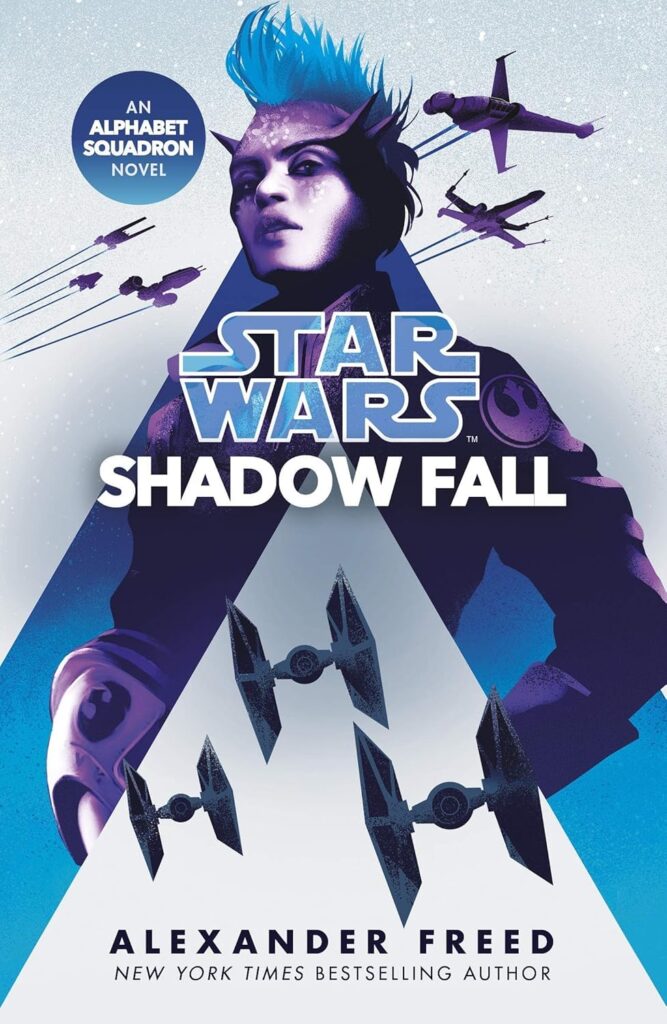
Conclusion: A Wild Ride Through the Alphabet (Soup) of War
The Alphabet Squadron trilogy is a bold and rewarding journey for any Star Wars reader who’s ready to venture beyond the familiar paths of Jedi and Sith. Alexander Freed serves up a story that’s part war drama, part high-flying action, with characters that’ll stick in your heart like a thermal detonator (set to “feels”). It’s witty, gut-wrenching, and at times even darkly funny – one minute you’re smirking at a snarky one-liner, the next you’re biting your nails or holding back a tear.
By the time you finish Victory’s Price, you’ll realize the true meaning behind that title: victory isn’t just about blowing up a Death Star or winning a throne. It’s about the people who pay for that victory and what remains of them afterward. Alphabet Squadron’s pilots go through the fire and come out the other side changed forever. And you, dear reader, might come out a little changed too – perhaps with a newfound appreciation for the brave, crazy folks in the cockpit who don’t usually get the spotlight in epic sagas.
In a franchise where hope vs. fear is a constant refrain, Alphabet Squadron finds hope not in mystical prophecies or chosen ones, but in ordinary individuals choosing to stand together, even when the odds are laughably bad. It’s the kind of story that reminds you why you fell in love with Star Wars in the first place, while also showing you something new. Plus, if anyone ever tells you “Never tell me the odds,” you can smirk and think, “Ha, you clearly haven’t met Nath Tensent.”
So, is Alphabet Squadron worth reading? If you enjoy thrilling space combat, complex characters, and a narrative that respects your intelligence (with just enough snark to keep things fun), then pour yourself a drink from Maz Kanata’s cantina and dive in. Just be prepared to invest some emotion – this trilogy will take your heart on a hyperspace jump. And when you’re done, you might just find yourself gingerly placing these books on your shelf like a proud trophy, whispering under your breath, “ABC-ya later, Empire.”
Alphabet Squadron, Shadow Fall, and Victory’s Price are all available now in bookstores and online. If you’re ready to join this fearless squadron on their mission (and maybe place a bet on your favorite pilot’s survival), you can order the complete Alphabet Squadron trilogy on Amazon and get flying. Trust me, this is one Star Wars ride you won’t want to miss – just watch your six, hold onto your helmet, and enjoy the chaos.


